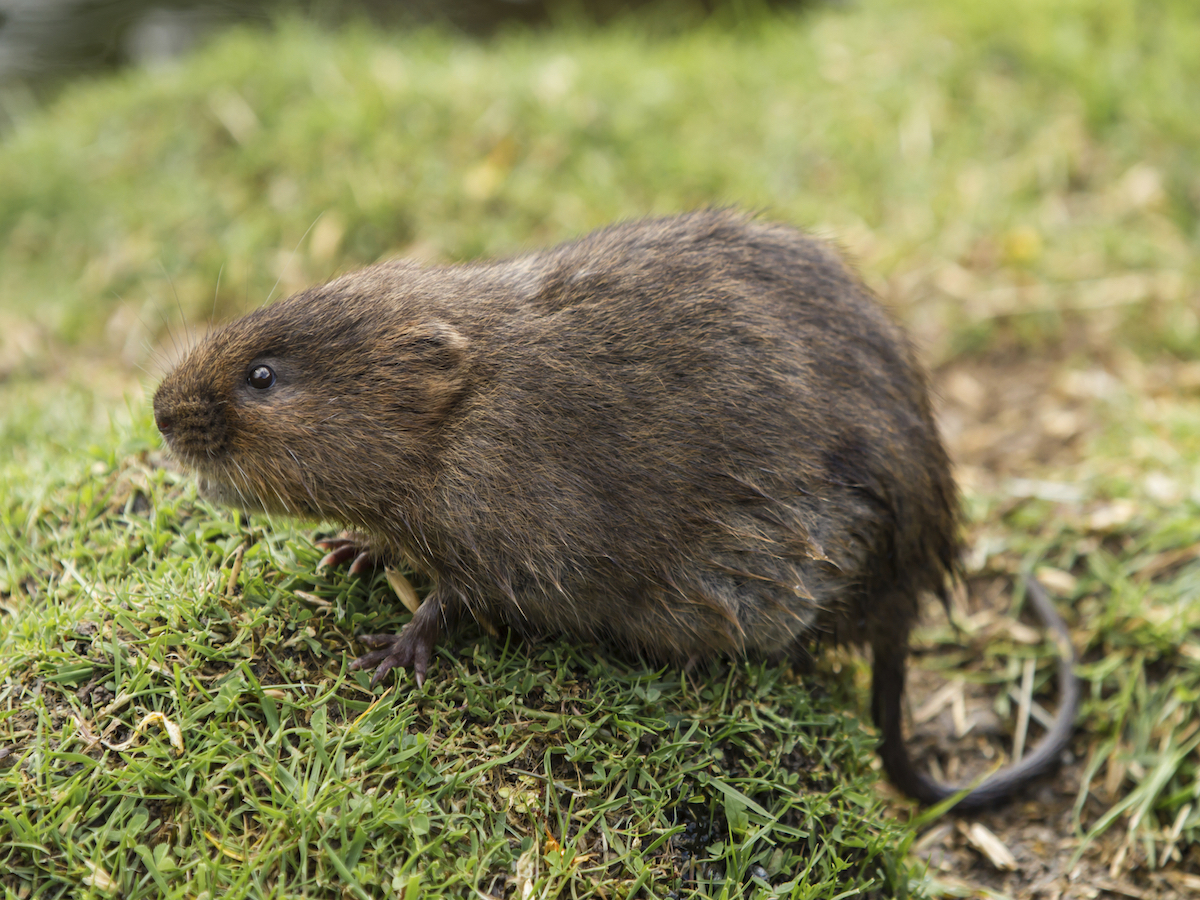Comprehensive Vole Pest Control Services in Utah
Comprehensive Vole Pest Control Services in Utah
Blog Article
Vole Insect Control Demystified: A Complete Overview of Problem Discovery and Reliable Therapy Techniques
From subtle indications of infestation to the application of targeted control measures, browsing the world of vole bug control demands a blend of knowledge and tactical activity. In this comprehensive summary, we will certainly explore the nuances of vole problem discovery and dig right into the world of effective treatment methods that can secure your areas from these underground annoyances.
Understanding Vole Behavior Patterns
Comprehending the intricate habits patterns of voles is vital for properly implementing insect control actions in residential and agricultural setups. Voles, little rats that resemble mice however with stouter bodies, are infamous for their quick recreation prices and starved cravings for vegetation. By delving right into their behavior patterns, insect control professionals can get beneficial understandings into vole vulnerabilities, preferences, and routines.
Voles are mainly herbivores, eating a variety of plants, tubers, roots, and bulbs. They are also prolific tunnelers, creating elaborate underground burrow systems for nesting and foraging. By understanding these habits, parasite control professionals can purposefully position traps and bait terminals along vole paths and entrance points, increasing the likelihood of effective removal.
Furthermore, knowledge of vole actions patterns can aid in establishing safety nets to hinder future invasions. By attending to elements that bring in voles, such as thick greenery cover and easily accessible food resources, residential or commercial property owners can make their premises much less inviting to these devastating bugs - vole pest control. To conclude, a complete understanding of vole behavior is extremely important in developing lasting and effective parasite control techniques
Identifying Indicators of Vole Infestation
Efficient vole pest control begins with promptly acknowledging the dead giveaways of vole problem on residential properties. Among one of the most common indications of vole visibility is the presence of surface area paths. These runways are narrow pathways via turf or greenery that voles produce as they travel in between their burrows and food resources. In addition, vole droppings are another clear indicator of problem. Vole droppings are little, round pellets that are usually located along their runways or near their burrows.
In addition to runways and droppings, munch marks on tree bark and plant life are also indications of vole task. Voles have a practice of gnawing on the bases of trees and bushes, which can trigger damage and possibly eliminate the plants. The existence of burrow openings in the ground indicates an active vole population. Vole burrow entrances are generally tiny and located in mulched or verdant areas.
Being attentive for these indications can assist property proprietors discover vole infestations early and take appropriate insect control steps to prevent more damage.
Carrying Out Targeted Control Steps
What certain techniques can be employed to efficiently implement targeted control steps for vole bug administration on residential or commercial properties? Carrying out targeted control measures for vole parasite management requires a multi-faceted strategy that integrates both prevention and eradication approaches. One of the key approaches is habitat modification, which involves removing vole-friendly settings such as tall turf, weeds, and debris near structures. Mounting barriers like equipment cloth or gravel around yard find beds and tree trunks can also aid discourage voles.
Trapping is one more reliable technique for regulating vole populaces. Live traps can be tactically positioned along vole paths or delve entryways, baited with peanut butter or apple slices. Once recorded, voles must be humanely eliminated to a various place to avoid reinfestation.
Rodenticides can be used see this page as a last hope for severe invasions, yet caution has to be worked out to stop injury to non-target pets. It is vital to comply with all safety standards and guidelines when making use of rodenticides for vole control.
Eco-Friendly and natural Remedies
The adoption of ecologically conscious practices can play a critical role in managing vole populations without creating injury to the ecological community. All-natural and green solutions use a lasting method to vole insect control, decreasing using dangerous chemicals and promoting biodiversity in the affected locations.
One efficient natural method is using killer urine or killer decoys. Killers like owls, serpents, and foxes are the vole's natural enemies. By strategically positioning predator pee or decoys around the plagued areas, voles may be deterred from working out in those locations.
In addition, planting vole-resistant plant life can help in lowering vole damages. Plants such as daffodils, crown imperials, and Siberian squill are known to be uninviting to voles and can act as all-natural repellents.
Moreover, producing physical obstacles like cord mesh visit or gravel around prone plants can protect against voles from accessing them. These barriers can aid secure yards and landscapes without posing any threat to the setting or various other non-target types. By including these all-natural and environmentally friendly solutions, vole problems can be handled effectively while preserving ecological balance.
Long-Term Avoidance Approaches
To sustainably attend to vole invasions over time, carrying out aggressive procedures is important for lasting avoidance methods. By minimizing thick plants, compost, and clutter around buildings, you can make your home less appealing to voles.
Regular monitoring of vole task is crucial for very early discovery of any type of signs of infestation. Establishing up vole traps can help in controlling their populace prior to it becomes a full-on invasion. It is also important to seal any kind of entrance factors to structures or buildings to avoid voles from accessing.

Verdict
In verdict, comprehending vole behavior patterns, recognizing indicators of invasion, implementing targeted control steps, utilizing environmentally friendly and natural solutions, and carrying out long-term avoidance methods are vital action in effectively managing vole invasions. By being proactive and taking the required steps to deal with vole problems immediately, individuals can efficiently avoid and regulate vole invasions in their properties.

Report this page